Computer Tips From A Computer Guy |
| How to Change Default Picture Viewer in Windows Posted: 02 Apr 2015 03:57 AM PDT By default, when I double-click on a picture in Windows, Windows Photo Viewer opens the image! That's nice, but I would rather it open with a different photo viewing program, such as Photoshop, GIMP, etc. If this problem annoys you also, there is a simple way to change the default photo viewing program in Windows to the application of your choice! Actually, there are two ways to go about it. Also, you can configure it so that one image type opens with one application and another image type opens with a different program. So you could have JPG images open with Photoshop and GIF images open with Photo Viewer, for example. Adjust Default ProgramsIn Windows 7 and higher, you can change which file types a program opens or you can change which program is used when opening a specific file type. Click on the Control Panel and then click on Default Programs while under the icons view. Here you will see the two options I mentioned above: Set your default programs and Associate a file type or protocol with a program.
If you click on the first link, you’ll get a list of the different programs installed on your computer. Select the program and Windows will tell you how many defaults this programs is set to open. You can then click on Set this program as default to have it open all the default file types or you can click Choose defaults for this program to choose specific file types.
In the example above, Internet Explorer is set to open GIF images and Microsoft Office 2010 is set to open JPG files. All other formats are set to open with Windows Photo Viewer. If you want to use a different program to open pictures, for example, select that program from the list and then choose Set this program as default. Adjust via Open WithGoing back and clicking on Adjust a file type or protocol with a program will allow you to browse through the hundreds of file types stored on the computer and then change the default program for opening that type of file. When you click Change Program, you’ll get a list of Recommended Programs and Other Programs, along with an option to Browse to a program that is not currently listed. The advantage to this method as opposed to the first option is that here you can choose any program you like to open a file. In the first method, only programs that have registered with Windows will show up in that list and there is no way to manually add a missing program. You can also get to this same dialog by right-clicking on the any file in Explorer, clicking on Open With and then clicking on Choose default program. Windows 8, 10 Default ProgramsIn Windows 8 and Windows 10, things are slightly different because now you have desktop apps and you have Windows Store apps. By default, all Windows 8/10 PCs will have Windows Photo Viewer and the Photos app installed. The former is a desktop app and will load there and the latter is a Windows Store app and will load as an app. You can follow the same procedures as for Windows 7, but the only difference is that you will see the Windows Store apps listed as options too. Hopefully, you can now double-click on an image and expect the correct program to open. You do want to be careful changing these settings because there is no way to simply reset all default programs back to their original values. I’m not sure why this option doesn’t exist, because it should, but it’s just not there. The only real way to reset default programs is to either download a registry file that will manually change each value or create a new user profile. These settings are stored on a per user basis, so creating a new user account will start you from scratch. If you have any questions, feel free to post a comment. Enjoy! The post How to Change Default Picture Viewer in Windows appeared first on Online Tech Tips. |
| Change or Spoof a MAC Address in Windows or OS X Posted: 01 Apr 2015 11:24 PM PDT Every NIC (Network Interface Card) has a unique MAC address (Media Access Control). This applies to all types of network cards, including Ethernet cards and WiFi cards. The MAC Address is a six-byte number or 12-digit hexadecimal number that is used to uniquely identify a host on a network. An example of a MAC address is 1F-2E-3D-4C-5B-6A and it falls into the Layer 2 networking protocol of the OSI model. In today's networks, ARP, or Address Resolution Protocol converts a MAC address to a Layer 3 protocol address, such as an IP address. A MAC address can also be called a Physical Address. Read my post on how to find your MAC address if you don’t know it. All MAC addresses are hard-coded into a network card and can never be changed. However, you can change or spoof the MAC address in the operating system itself using a few simple tricks. So why would you want to change your MAC address? Well there are many reasons for this, mostly related to bypassing some kind of MAC address filter set on a modem, router or firewall. Changing the MAC Address can help you bypass certain network restrictions by emulating an unrestricted MAC Address or by spoofing a MAC address that is already authorized. For example, a WiFi network may allow only authorized computers to connect to the network and filters out computers based on the MAC address. If you can sniff out a legitimate MAC address, you can then spoof your MAC address and gain access to the WiFi network. Another example is if you have an ISP that allows only a certain number of computers to connect to the Internet from your home. If you have more computers that need to connect, you can spoof the MAC address of an authorized computer and connect from a different computer. Change Windows MAC AddressYou can change the MAC address for the network card in Windows pretty easily following the steps below. Step 1: Click on Start, then Control Panel, then Network Connections, and right-click on the network connection you want to change the MAC address for and select Properties. It will normally either be Local Area Connection or Wireless Network Connection. If you are using Windows Vista, Windows 7 or higher, you have to go to Control Panel, then Network and Internet, then Network and Sharing Center, and then click on Manage Network Connections or Change adapter settings. Then you can right-click on the adapter and choose Properties. Step 2: On the General or Networking tab, click the Configure button. Step 3: Now click on the Advanced tab and click on the Locally Administered Address property or the Network Address property. By default, the Not Present value is selected. Go ahead and click on the Value radio button and enter in a new MAC address. The MAC address is a combination of 6 pairs of numbers and characters, i.e. 40-A2-D9-82-9F-F2. You should enter the MAC address without the dashes. You can go to the command prompt and type in IPCONFIG /ALL to check that the MAC address has been changed. Go ahead and restart the computer in order for the changes to take effect. This is the simplest way to change your MAC address in Windows. You can also do so via the registry, but it's much more technical and probably not required by most people. Change OS X MAC AddressChanging the MAC address on OS X is definitely not as easy as it is on Windows. Firstly, you have to use Terminal (similar to command prompt in Windows) to actually change the MAC address. Secondly, you need to manually figure out the technical name of the adapter before you can change the settings. I’ll explain everything below step by step, but it gets a bit complicated at times. To start, let’s find out the current MAC address for your Mac. You can do this in one of two ways: via System Preferences or via Terminal. Open System Preferences, click on Network and then click on the Advanced button. Make sure to select the appropriate interface first (WiFi, Ethernet, etc) in the listbox on the left. Click on the Hardware tab and you will see the first line is MAC Address. I thought you could simply choose Manually from the Configure dropdown, but that doesn’t allow you to edit the MAC address. In Terminal, you can get the MAC address by typing in the following command:
This will give you the MAC address for the en0 interface. Depending on how many interfaces you have on your computer, you might need to run this command several times adding 1 to the number each time. For example, I ran the following commands below until I reached an interface that didn’t exist. Now you can simply compare the MAC addresses listed here with the one you saw via System Preferences. In my case, my WiFi MAC address of f8:1e:df:d8:9d:8a matches with en1, so that is the interface I have to use for the next commands. Before we change the MAC address, you can use a useful command in Terminal to generate a random MAC address if you need one.
Now that you have a new MAC address, you can change the current one using the following command below. Replace XX with the actual MAC address you want to use.
In order to do this, you need to be logged in as an Administrator or you have to enable the root account in OS X. By default, root is disabled and it’s better to leave it disabled if you can. Just login as an admin and you should be able to run the command just fine. It will ask you for your password, though, before changing the MAC address. Also, the address won’t change if you are still connected to a WiFi network. You need to first disconnect from any networks and then run the command. Surprisingly, disconnecting from a wireless network in OS X is not intuitive at all. You have to press and hold the Option key and then click on the WiFi icon to see the disconnect option. So here is a rundown of all the commands I ran in order to get the current MAC address, generate a random one, update the MAC address and then verify to make sure it had actually changed. As I mentioned earlier, this is definitely not as straightforward as the process is on Windows, but you should be able to do it if you simply copy and paste the commands above. If you have any questions, feel free to post a comment. Enjoy! The post Change or Spoof a MAC Address in Windows or OS X appeared first on Online Tech Tips. |
| You are subscribed to email updates from Online Tech Tips To stop receiving these emails, you may unsubscribe now. | Email delivery powered by Google |
| Google Inc., 1600 Amphitheatre Parkway, Mountain View, CA 94043, United States | |


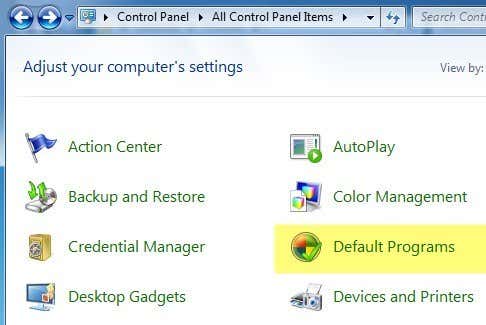
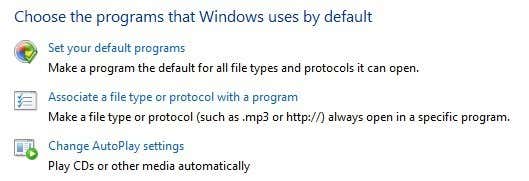

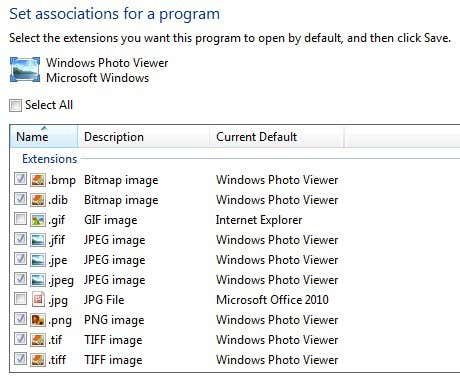


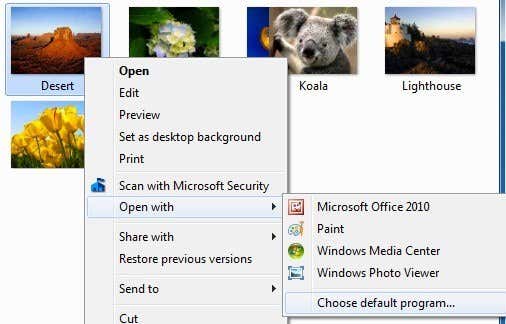
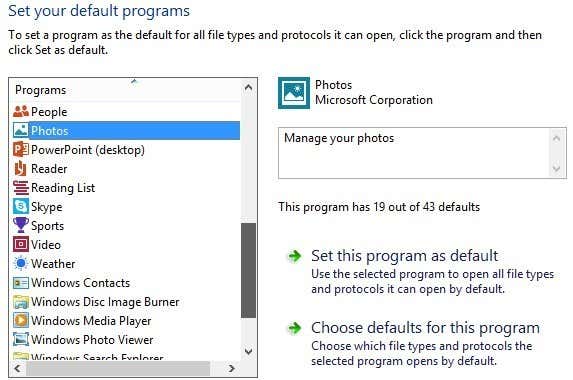

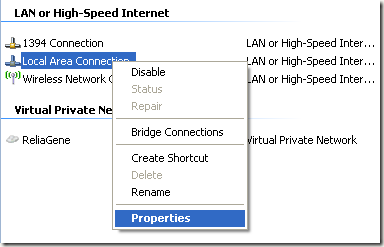









0 commentaires:
Enregistrer un commentaire